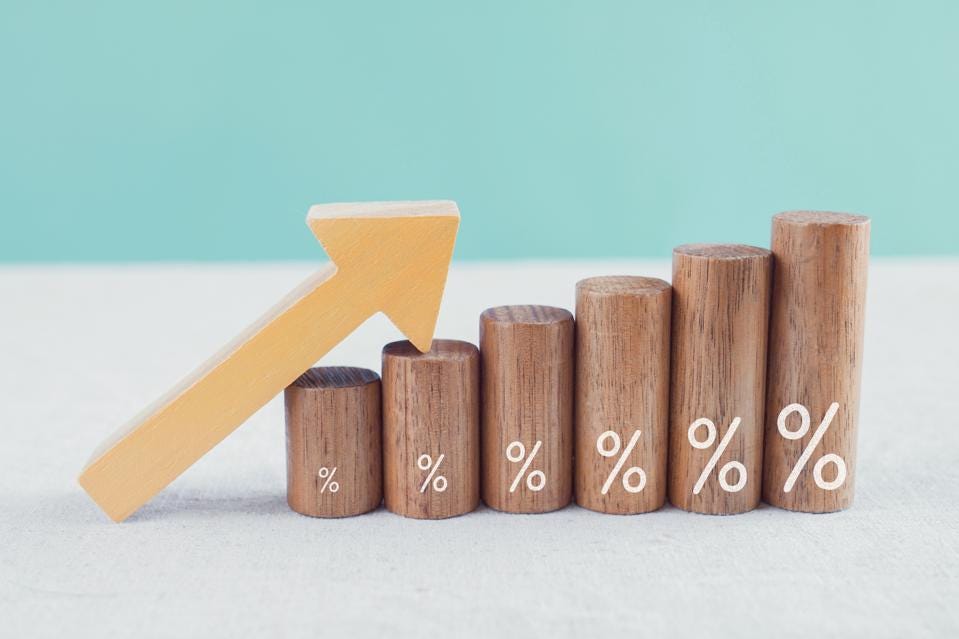After several years of lows, higher interest rates have arrived. In March, the Federal Reserve approved its first interest-rate increase since December 2018. More increases – including the biggest one since 1994 – followed, and still others may be on the horizon. These moves are an effort to slow down rising inflation by making money more expensive to borrow.
Franchise candidates who had planned on borrowing part of their startup costs are noticing the higher interest rates. As a result, more people are asking us, “Should I wait for interest rates to go down to pursue my franchise dream?” Generally speaking, I’m telling qualified candidates to keep moving forward with their franchise plans, and here’s why.
Don’t Let Higher Interest Rates Delay Your Dreams
First, trying to predict the Fed’s actions is a notoriously difficult game. Though the bank’s chair or Board of Governors sometimes hint at decisions ahead of time, their actual deliberations are highly secretive. They’re just as likely to catch the nation by surprise, as they did with the 0.75 rate increase in June.
In addition, our economy has become less predictable over the years. Globalization, volatile industries like technology, and trends such as the rise of gig work have added layers of uncertainty to the business world. New industries have appeared seemingly overnight, while others that seemed stable have suddenly collapsed.
Franchising has been around for more than 100 years and encompasses some of the nation’s most stable and recognizable brands. The model can survive imperfect economies and unexpected situations. Instead of postponing a move that could bring you greater professional and financial freedom, you’re better off getting started now. Don’t think of it as waiting six months to reduce risk. Think of it as losing six months you could have spent building your business and generating revenue.
Finally, consider the numbers. Higher interest rates don’t create the financial burden most people think they do. Many franchisees who borrow part of their startup costs borrow in the neighborhood of $400,000-500,000. Last year, a typical 10-year business loan of $450,000 would have carried an interest rate of 5%. This year, thanks to the Fed’s changes, the same loan might carry an interest rate of up to 6%. Plug those numbers into a loan calculator, and the difference in the monthly payment is only around $225. That’s just $2,700 per year – nowhere near a sum that’s going to make or break your business.
What to Look for in a Franchise Right Now
Even though I am encouraging candidates to move forward with their plans, I am also encouraging them to focus on recession-resistant franchises. Our economy has been remarkably volatile over the last several years, and we may be headed for another recession soon. Plus, recession-proofing your business is always a smart move, regardless of current circumstances. A recession has occurred, on average, once every 3-4 years since 1857, well within the timeframe of a typical franchise agreement.
Specifically, we recommend looking for franchises with the following characteristics:
- Lower fixed operating costs (e.g., home-based franchises instead of brick-and-mortar franchises)
- A focus on essential services, such as health care or home repair, or on affordable luxuries (e.g., fast food or inexpensive haircuts) that people hold onto as a form of self-care
- Subscription-based or recurring revenue, such as membership-based services (e.g., boutique fitness), lawn care, or mental health counseling
If you had planned to buy a franchise in 2022 but are feeling uneasy about higher interest rates, why not talk it through with an expert? Book some time on my calendar or Lauri’s today, and we’ll help you explore your options!

No responses yet